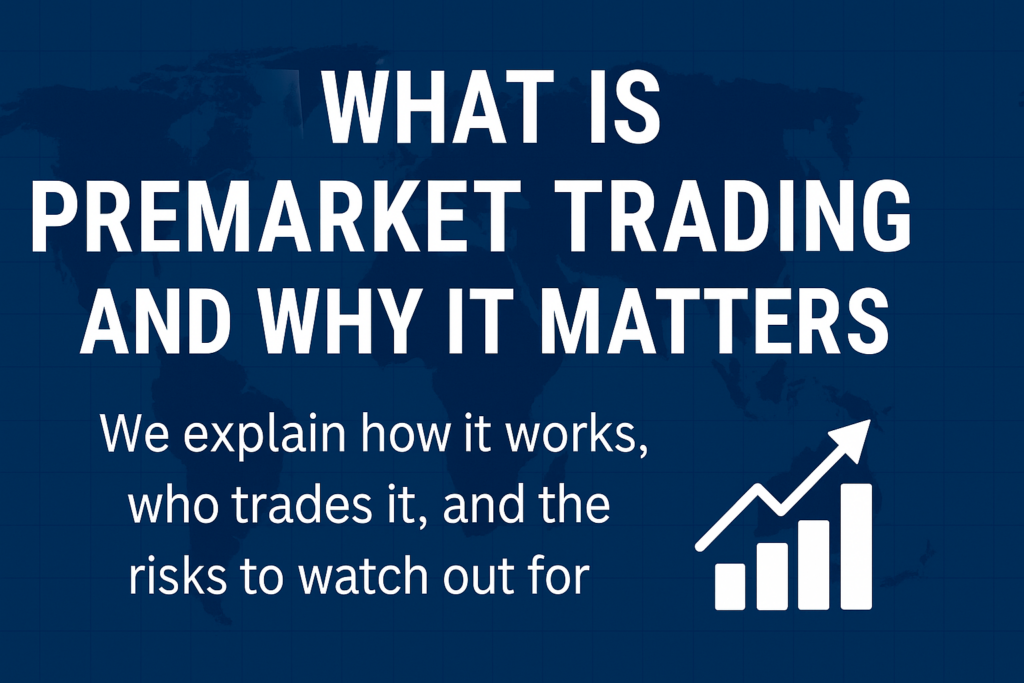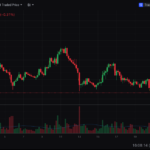In recent days, searches for “premarket trading” have exploded — with terms like “CNN premarket,” “premarket stock trading,” and “pre market trading” topping Google Trends.
But what exactly is premarket trading, and why is everyone suddenly interested?
✅ What Is Premarket Trading?
Premarket trading refers to the buying and selling of stocks before the regular market opens, typically between 4:00 a.m. and 9:30 a.m. ET in the U.S.
It allows investors to:
- React early to overnight news
- Trade based on earnings releases or economic reports
- Anticipate volatility before the bell
📰 Why the Sudden Spike in Interest?
Several factors may be contributing:
- 🚨 Recent earnings surprises and Fed news dropping outside regular hours
- 🗞️ CNBC and CNN coverage of premarket movers
- 💹 Traders seeking an edge before Wall Street opens
Retail traders now have easier access to premarket hours through brokers like Webull, Robinhood, and TD Ameritrade.
⚠️ Risks of Premarket Trading
- ❗ Low liquidity: Fewer participants means wider spreads
- ❗ Higher volatility: Small orders can move prices quickly
- ❗ Limited orders: Only limit orders are typically accepted
📊 Should You Trade the Premarket?
Premarket trading can be a valuable tool — but only if you understand the risks. It’s best suited for:
- Experienced traders with solid news-reading skills
- Those who follow earnings, macro headlines, and catalysts
- Traders using tight risk management and low expectations







